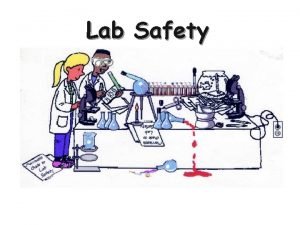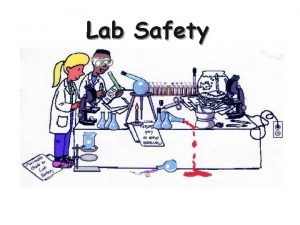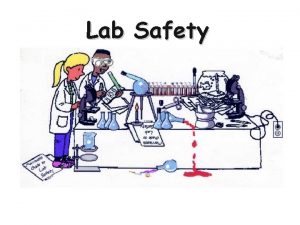Spring and Hanging Masses Wear the safety goggles






- Slides: 6

Spring and Hanging Masses Wear the safety goggles during this experiment. INSTRUCTIONS: Hang the spring from the clamp stand add the masses one at a time. TASKS: 1. What happens to the length of the springs as you add masses? 2. Draw a diagram to show the experiment. 3. What forces are acting in this case? 4. Add the forces to your diagrams and use arrows to show the direction of the force.

Falling Paper You should have one piece of paper that is screwed up into a ball and one piece that is flat. INSTRUCTIONS: Drop the pieces of paper from shoulder height one at a time and time how long it takes to fall to the fall. TASKS: 1. Write the times in your book. 2. Draw a diagram to show the two pieces of paper falling. 3. What forces are acting on the paper as it falls? Add them to the diagrams, and use arrows to show the directions. 4. Explain why there is a difference in the times of the two pieces of paper.

Magnets INSTRUCTIONS: Put the magnets together TASKS: 1. Do the magnets have to be touching in order to experience the force? 2. How can you change the forces between two magnets from attractive to repulsive? 3. What is the force called? 4. Draw two diagrams to show the forces between magnets in the two cases or attraction and repulsion.

Newton Meter and Hanging Masses INSTRUCTIONS: Hang masses from the Newton meter, one at a time. TASKS: 1. What happens to the reading on the Newton meter as more masses are added? 2. How much does the reading go up by each time 50 g is added? 3. Draw a diagram to show the experiment. 4. What forces are acting? Add these to the diagrams and show the directions.

Floating Objects INSTRUCTIONS: Put the piece of Lego into the beaker of water. TASKS: 1. Push the Lego down into the water, what happens when you let go? 2. What causes this? 3. Draw a diagram showing the floating cork. 4. What forces are acting? Add the names of the forces to the diagrams and show the directions that the forces are acting with arrows.

Balloon INSTRUCTIONS: Rub the balloon on your hair or clothes. Stick the balloon to the wall. TASKS: 1. Draw a diagram of what happens. 2. What causes the balloon to stick to the wall? 3. Add the names of the forces acting to the diagram and use arrows to show the directions of the forces.









